Standing out amidst a uniform cityscape, it is Gensler’s first headquarters office building designed and completed in Vietnam.

July 12th, 2021
Viettel has a new home in Hanoi and it has taken the opportunity to create a progressive, sensitive and sustainable working environment. The headquarters of Vietnam’s largest telecommunications provider is presented as a sloping disc-like building that gently rises from the ground.
More than an exploration in form, the Viettel building pushes forward ideals of open and collaborative working and environmental responsibility. The building was designed from the inside-out through a rigorous process that paid attention to the user experience. Open floor plates over eight floors are interconnected via a network of lifts, stairs and escalators that encourage chance meetings and spontaneous interactions among colleagues.
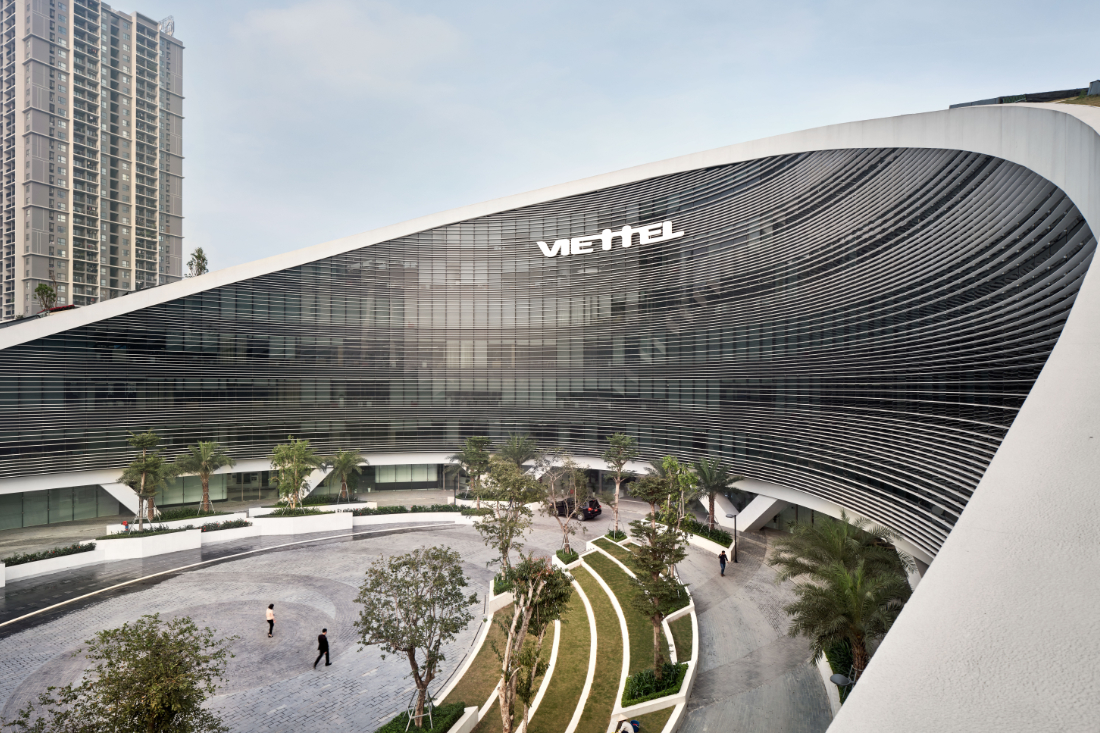
The open floor plates were also tuned to an ideal depth to allow natural daylight into all working areas. Overhead, skylights in the green roof draw natural light into shared spaces located in the ‘wings’ of the building. These all help to reduce the use of artificial lighting indoors. But where there is light, there is also glare and heat. Protecting the interior from the unwanted side-effects of harnessing natural light are horizontal louvres on the façade. Here, the tightly packed striations lend themselves well to the reading of the monolithic building.
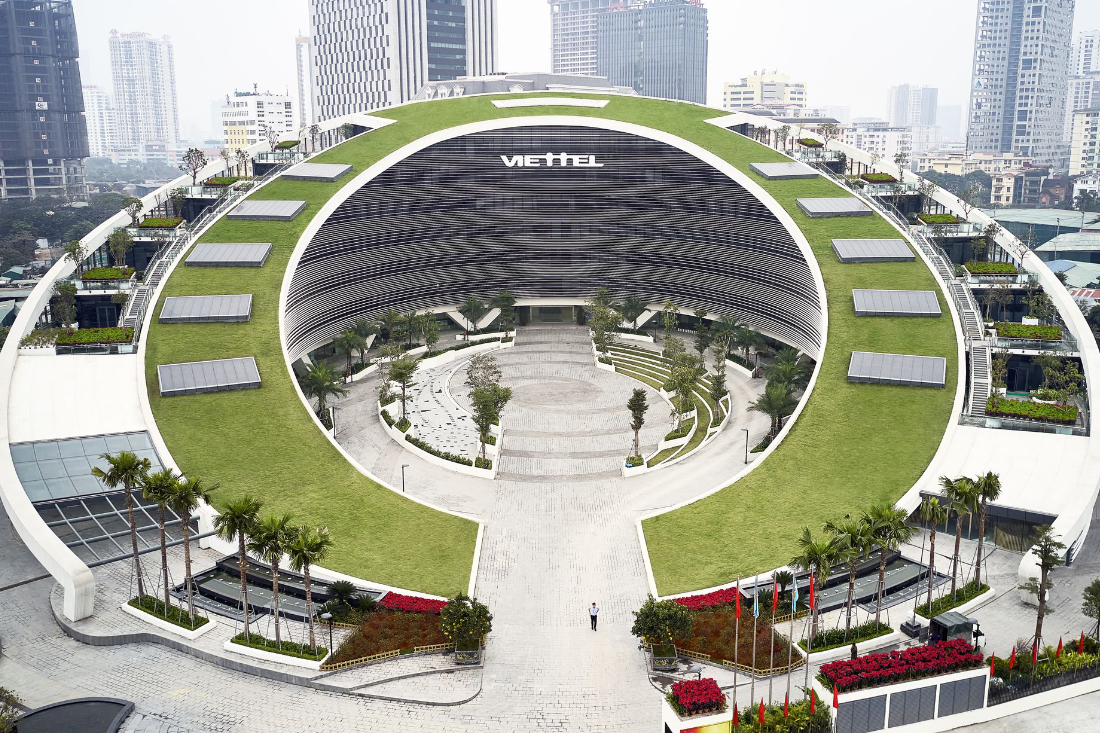
The headquarter’s distinctive green roof is an extension of the adjacent park and lake, and brings to life a multi-prong approach to environmental sustainability. Beyond lowering the cooling load and affecting the building’s micro-climate positively, the roof also features a rainwater harvesting system. In its soft landscape replacement strategy, Gensler approached the matter sensitively by incorporating native plants in the landscaping to create a more resilient eco-system.
As a corporate home to its employees, the Viettel building makes a strong statement about its commitment to collaboration and employee well-being. As a building in the city, it is an example of sustainability and urban biodiversity done well.
INDESIGN is on instagram
Follow @indesignlive
A searchable and comprehensive guide for specifying leading products and their suppliers
Keep up to date with the latest and greatest from our industry BFF's!
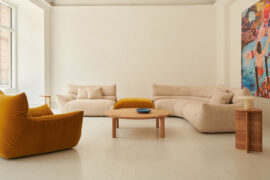
A curated exhibition in Frederiksstaden captures the spirit of Australian design

For Aidan Mawhinney, the secret ingredient to Living Edge’s success “comes down to people, product and place.” As the brand celebrates a significant 25-year milestone, it’s that commitment to authentic, sustainable design – and the people behind it all – that continues to anchor its legacy.
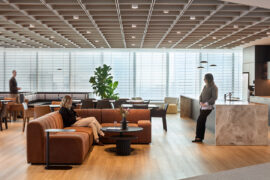
GroupGSA delivers MUFG Pension & Market Service’s Sydney HQ with a dual Japanese–Australian identity, blending precision, warmth and workplace flexibility.

Community, Country and climate were centred at the 2025 Australian Institute of Landscape Architects (AILA) Awards in Lutruwita/Tasmania on 21st October.
The internet never sleeps! Here's the stuff you might have missed
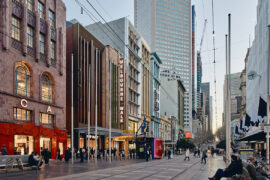
Buchan weaves heritage and contemporary retail across a 3,600sqm site featuring dual-branded hotels, arcades and revitalised laneways.

The final day of CPD Live’s 2025 season delivers three must-attend sessions exploring circular design for furniture and fitouts, and the science behind safe, high-quality drinking water. Starting from 9 AM AEDT, 16th October – it’s your last opportunity this year to join our Live CPD sessions and finish 2025 inspired.
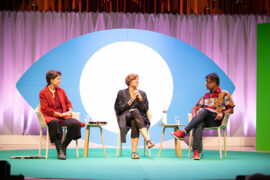
At the World Design Congress in London, a simple idea threaded through two dense days: design is not an island. It moves inside wider systems of economics, policy, finance and ecology.
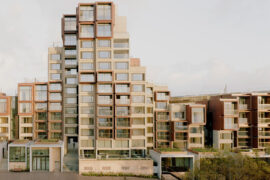
BVN’s Sirius Redevelopment has been named one of two joint winners of The Building category at the INDE.Awards 2025. Celebrated alongside Central Station by Woods Bagot and John McAslan + Partners, the project reimagines an iconic Brutalist landmark through a design approach that retains heritage while creating a vibrant, sustainable future for Sydney.